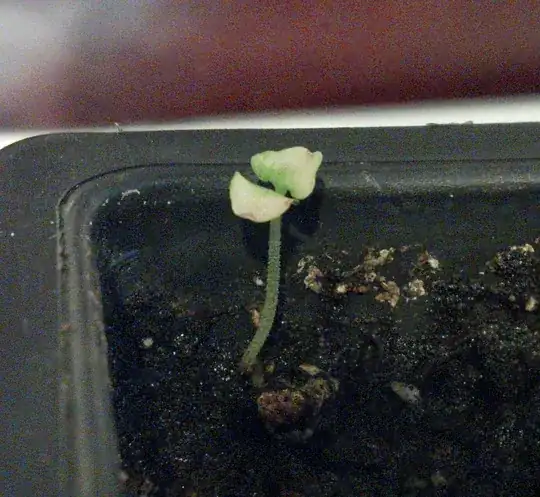I'm attempting to grow plants from seed during the winter, by using a desk lamp and a timer to simulate 12 hour days. Since I know sprouts require a lot of light, I placed the desk lamp such that the bulb is about 2 inches (5cm) away from the soil. The bulb is a 60W incandescent.
Unfortunately, there's something wrong with the one surviving sprout. The leaves are yellowed, with tinges of brown at the edges. The plant still engages in heliotropic behavior - that is, a few hours after moving the lamp, the leaves have moved to face the bulb. The plant is a Sweet Basil.
I've never tried this before, so it's hard to tell if a) the bulb is too hot too close, and is burning the plant or b) the bulb is too dim, and the plant cannot complete sufficient photosynthesis. A Google image search shows leaves with this coloration for both etiolated and sunburned plants.
How can I tell if the plant is etiolated or sunburned? Alternatively, in this specific case, is it burned or etiolated?
